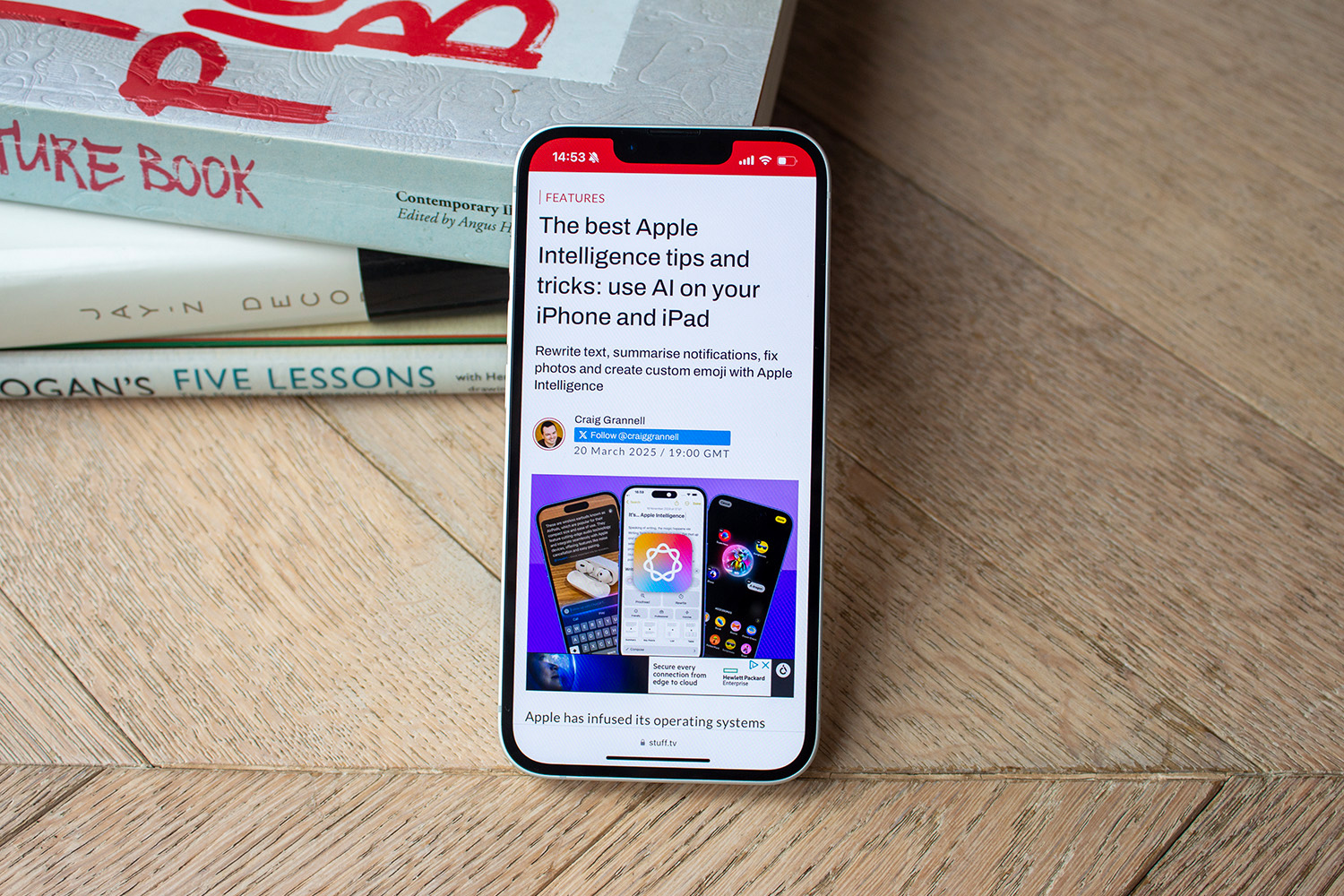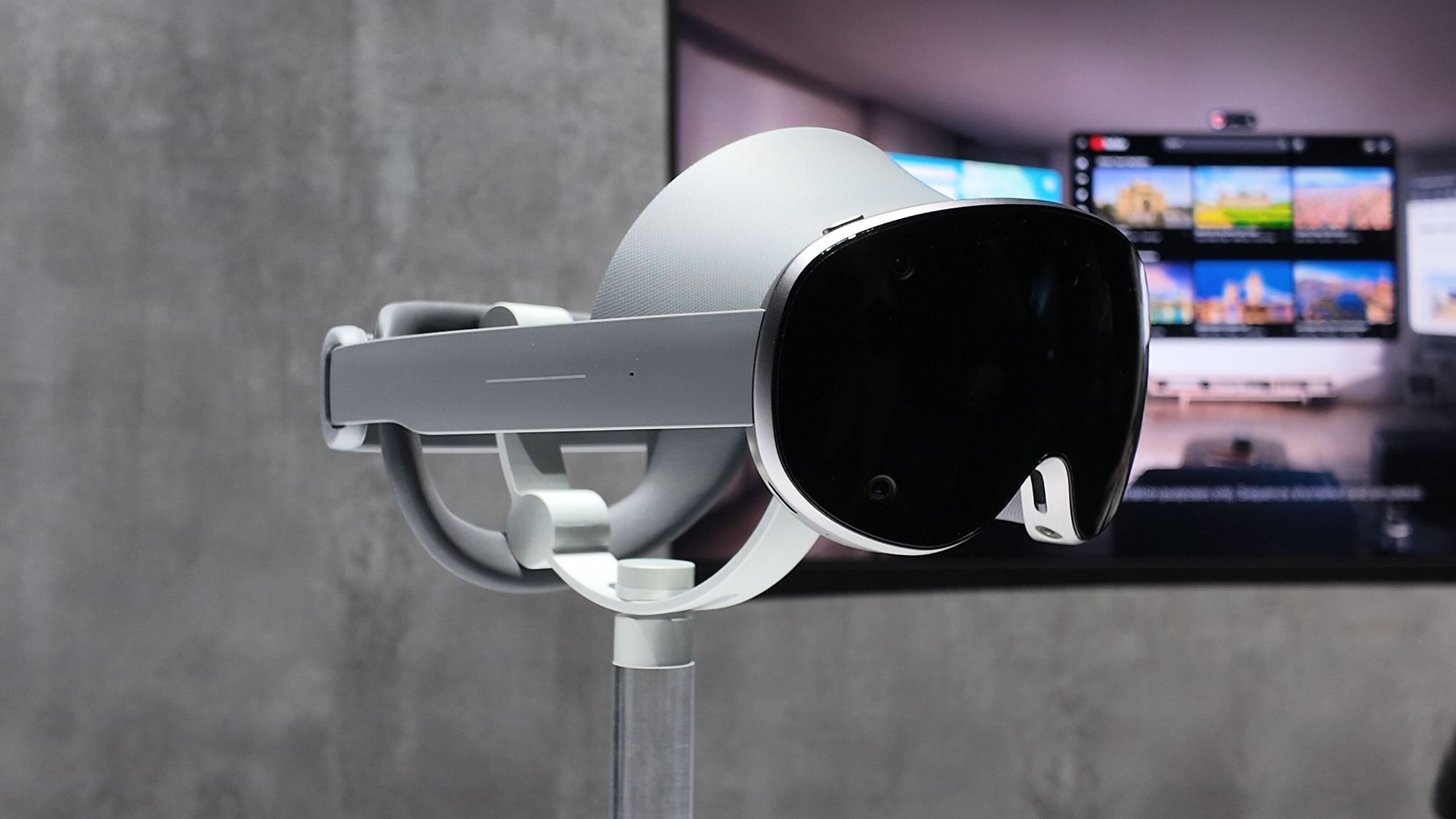The Apple rumor mill is a machine that never sleeps, fueled by internal leaks, analysts’ speculation, and the fevered hopes of millions of devoted fans. I’m usually one to let these rumors pass by unremarked upon, simply because there are so many, and they often don’t pan out. But several recent rumors about a new budget MacBook have grabbed my attention, with whispers of an ultra-cheap take on Apple’s laptop, powered by its A18 Pro chip, the same one used in the iPhone 16 Pro that debuted late last year.
These rumors come primarily from three sources: The first is analyst Ming-Chi Kuo, who has a somewhat positive track record on these things, and the second is DigiTimes Asia, citing “supply chain sources,” which usually means people involved with manufacturing specific parts or assembly of a product. Finally, a recent Apple Intelligence update revealed the internal name of a MacBook never seen before in its back-end code.
What does it all mean? It suggests that these rumors aren’t simply the whispered wishes of broke MacBook shoppers but actual inside information.
Moreover, the rumors make some sense. The base model of the 13-inch M4 MacBook Air, Apple’s cheapest current-generation laptop, starts at $999, a decidedly midrange price. As Apple’s hold on the premium laptop market faces stiffer competition, it would be a clever play to expand into less expensive systems, bringing more users into the Mac user base and getting more potential customers into the Apple ecosystem to sell them iPhones, iPads, and Apple Watches (not to mention, more powerful MacBooks down the line).
It also wouldn’t be Apple’s first foray into budget versions of premium products—we’ve seen that move before with the iPhone SE, the standard iPad, and the Apple Watch SE. It’s a smart way to expand the appeal of the Apple brand, usually taking advantage of slightly older hardware and dropping the most expensive features, which doesn’t require the same level of development and manufacturing.
An A18 Pro is currently used in the Apple iPhone 16 Pro. (Credit: Apple)
With this much wind backing these rumors, it’s time to investigate the projected specs and possible features of this supposed budget Mac laptop.
Making Sense of the Budget MacBook Rumors
The core of this rumored new MacBook Air is the Apple A18 Pro chip, the same Apple Silicon processor used in the iPhone 16 Pro. This would be a significant departure for the Mac line, which all use Apple Silicon-based M-series chips. The A18 Pro is likely less powerful than the latest M-series processor, the M4, and it may not have the same support for all of Apple’s desktop features in macOS.
The Current Cheapest New MacBooks
Still, the A18 Pro is nothing to scoff at. Powering all of the functions of a top-of-the-line smartphone is not so far removed from handling similar tasks on a laptop. And the A18 Pro has single-core speeds that are pretty similar to those of the M3 chip, according to testing in Geekbench. Multi-core performance is believed to align with the older Apple M1 processor, and its graphics processing would be sufficient for basic productivity, web browsing, and media use. It’s obviously not the chip that power users would pick, but for students and general users, it could support the kinds of things they do every day with no trouble.
It’s also worth noting that Apple never stopped selling the M1-powered MacBook Air. Despite the M1 chip being almost five years old now, plenty of customers have found it a perfectly capable option, especially now that the basic M1 MacBook Air is being sold at a more affordable price.
What specs and features might we see on this budget Mac? Here’s what’s rumored:
-
8GB of unified memory to start
-
256GB of onboard SSD storage in the base model
-
A 12.9-inch display, similar in size to the iPad Pro
-
A standard LED-backlit display (not OLED or mini-LED), probably without Apple’s ProMotion technology
-
May incorporate the notch design used on both the iPhone and MacBook, or omit the camera entirely to cut costs
-
USB-C connections for everything, including the charging port (no Thunderbolt 4 or MagSafe power)
-
Possible color options that include silver, blue, pink, and yellow, since casual buyers and students seem to like nonstandard hues
If early supply chain reports pan out, mass production of the new affordable MacBook Air is expected to start in Q3 of 2025, with a likely launch in late 2025 or early 2026. Apple could tie the launch to the announcement of the next range of iPads, incorporate it into a Mac-focused event, or even announce it as a stand-alone product.
The most critical piece of information for shoppers is, of course, the price of this rumored MacBook Air. Expected to fall between $599 and $699, at that price this new MacBook would be aimed primarily at students, casual users, and entry-level shoppers who might traditionally bypass Apple products due to their premium prices. The new A18 MacBook would compete with affordable Windows laptops and Chromebooks, allowing Apple to take on competitors gaining ground in this affordable segment.

Get Our Best Stories!
Love All Things Apple?

By clicking Sign Me Up, you confirm you are 16+ and agree to our Terms of Use and Privacy Policy.
Thanks for signing up!
Your subscription has been confirmed. Keep an eye on your inbox!
Apple: In an A18 MacBook, Follow This Formula!
Rumors aside, what would I want to see in a budget MacBook? The easy thing to say: I want all of the features and capabilities of the regular MacBook Air, but at a lower price. Of course, that’s not going to happen. Anybody shopping for a MacBook Air wants as much capability as possible, but the price goes up as the components get better. In a perfect world, this new A18 MacBook would have the same capabilities as the existing 13-inch and 15-inch models, but maybe with a smaller display and a plastic chassis.
Realistically speaking, a MacBook powered by the Apple A18 Pro chip should still provide plenty of oomph. The system on a chip (SoC) provides a combination of high-performance and low-power cores to balance power consumption and efficiency, whether for single- or multi-core tasks. The hex-core Apple Bionic GPU could be a surprisingly capable choice for a budget system, even handling some gaming. With so many games in Apple Arcade aimed at this hardware, Apple could pivot that aspect of a cheap MacBook to appeal to students and younger customers. The A18 Pro also has the Neural Engine AI coprocessor and machine learning capabilities baked in, so Apple Intelligence should also be well-represented. Here’s my formula for the ideal $599 MacBook…
1. Get Creative With the Webcam
I think macOS support is a given, though some features, like CenterStage, may not be included if the laptop has no webcam to use. I see a strong possibility that this new MacBook could use an iPhone as a webcam, something Apple has done before. It would make a lot of sense if Apple is positioning this new MacBook as an affordable entry point into Apple’s larger world of products. Phone-as-camera is a clunky solution, but it might push users toward another Apple purchase and give them a reasonably high-quality external webcam to use.

A cheap McBook could skip the webcam entirely, using something like this instead. (Credit: Apple)
2. Don’t Scrimp on the Screen
A smaller display is one of the rumors circulating, and while some folks are speculating about a more basic LED-backlit panel, there’s still some hope for features like Liquid Retina resolution or even ProMotion smoothing. In fact, given the similarity in size to the 12.9-inch iPad, it could even use a similar mini-LED display, though I wouldn’t hold my breath. The current Apple MacBook Air 13-incher has a 2,560-by-1,664-pixel resolution, and it would be reasonable to expect a similar pixel density on a smaller screen for the new budget model, resulting in a slightly lower resolution.
3. Support at Least One External Display
With the hubbub around port selection being that it’s limited to USB-C with no Thunderbolt or MagSafe, we could see reduced support for external displays, and Apple would have to employ DisplayPort over USB-C. The MacBook Air models based on M3 and M4 chips support two external displays with up to 6K resolution, so it seems likely that a single external display would be a reasonable limitation on any A18 Pro MacBook. If we’re limited to one external display, though, I’d like to see support for 4K, since 4K monitors and TVs are so prevalent.
Recommended by Our Editors

A cheaper MacBook might drop Thunderbolt and MagSafe ports to cut costs. (Credit: Apple/Brian Westover)
4. Bring a Battery-Life Boost
The biggest win for the A18 Pro chip in a MacBook needs to be on battery life. The M series has already helped set new expectations for power efficiency in a laptop, and the A18 Pro chip potentially offers even better efficiency. It’s made for phone use, after all, where power rationing is the name of the game.
More than 20 hours of battery life on average is still impressive. (The most recent MacBook Air 13-inch lasted 21:38 in our video-rundown testing.) Any new A18-based MacBook should do the same or better.
5. Make This Mac Work Even Better With Other Apple Devices
Another thing I’d like to see introduced on this new, cheaper laptop? Improved Apple ecosystem support in macOS.
With so many different devices and device-specific software, current Apple products often run into quirky problems, like the fact that you can’t activate an Apple Watch without an iPhone, or that many functions are tied to the iPhone app. But if we’re getting iPhone hardware in a laptop form factor, it seems high time that apps and devices from across the spectrum of Apple products should also be supported.

A new cheaper MacBook could look a lot like an iPad with Magic Keyboard. (Credit: Apple)
6. Give This Mac a Touch Screen, at Long Last
And if we’re getting into wishful-thinking territory, let’s make this budget MacBook more like an iPad. A touch screen and support for apps from iOS and iPad OS would not only be a major selling point for the budget shopper, but also a great way to introduce that functionality across the Mac family. It’s been rumored for years that Apple would merge its different operating systems, and this could be a major step in that direction.
As it stands, the lack of touch support on Mac laptops still feels like a strange omission from the company that made the iPad and popularized the touch-screen interface with the iPhone so many years ago. With similar hardware inside and a comparable screen size on the laptop, the newest rumored MacBook could just as much resemble a repackaged-in-a-clamshell iPad as it might a lower-octane laptop.
Apple prides itself on bold, innovative choices. Here’s hoping that this entry-level MacBook will become a reality and a step forward in bringing macOS and the rest of the Apple family closer together.
About Brian Westover
Principal Writer, Hardware













